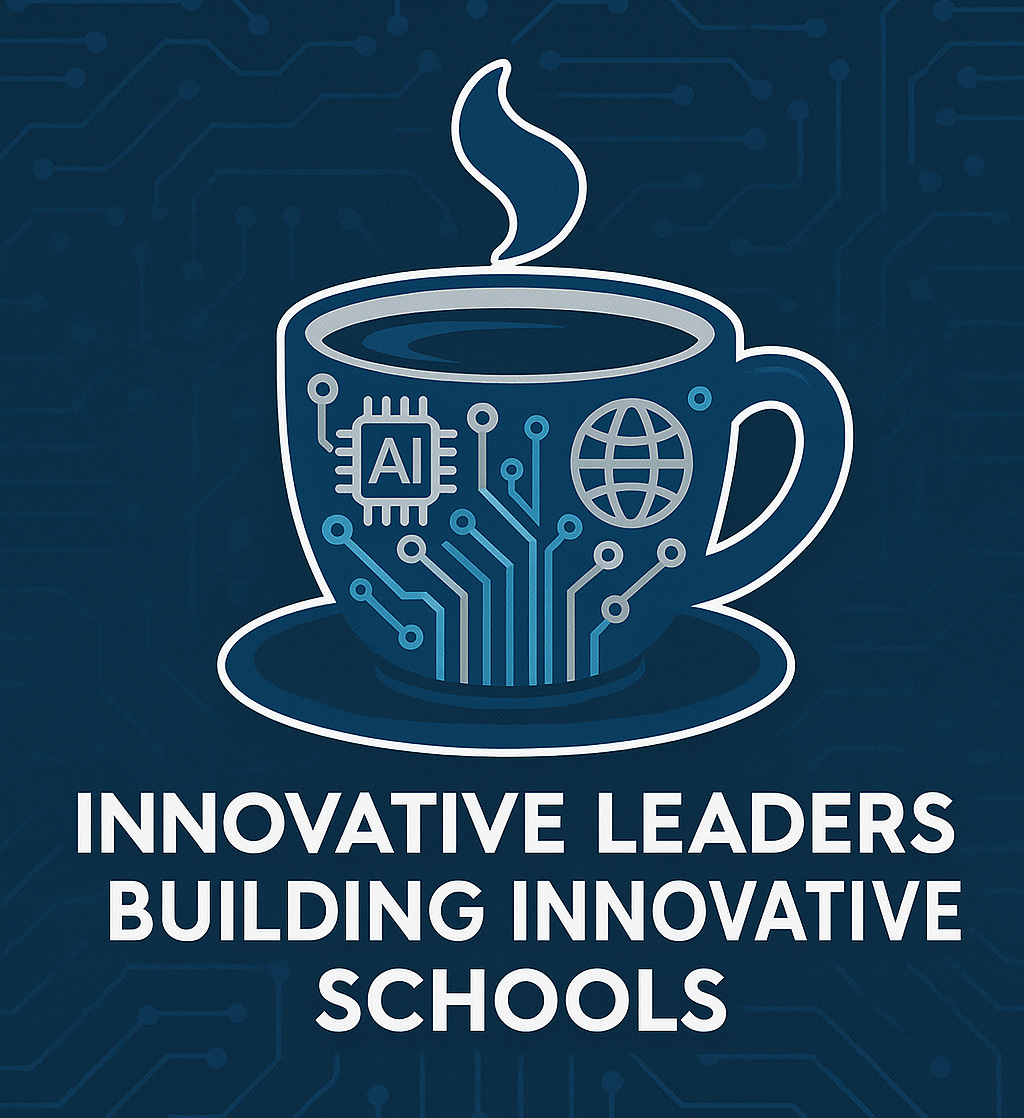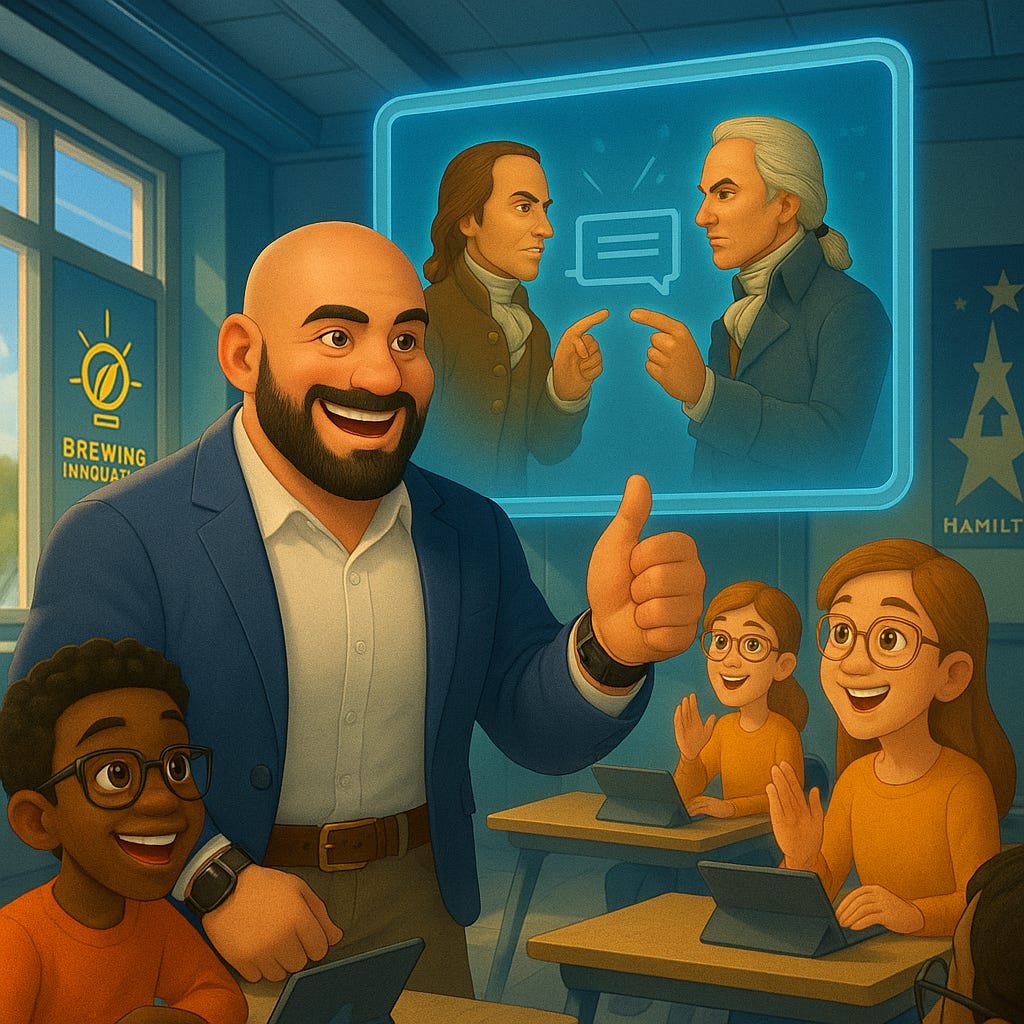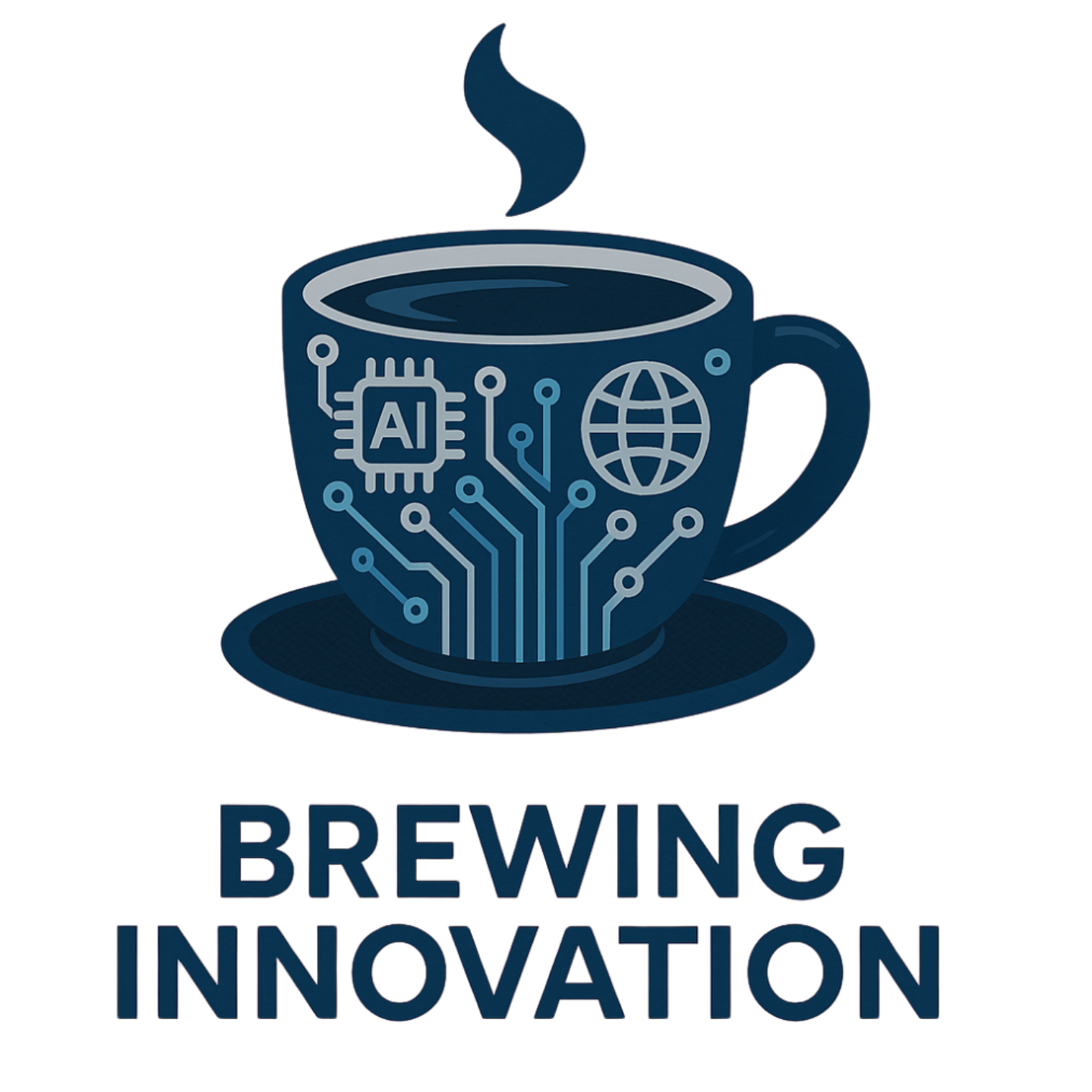Why Innovation Fails in Schools—And How Future-Ready Leaders Build for Every Learner
How School Leaders Can Design Systems That Support All Learners—Not Just the Easy Ones
This is the first post in a new series I’m calling Future-Ready Leadership—a practical, story-driven guide for educators and school leaders who are serious about designing schools that work better for more students, not just the ones who fit the mold.
Over the past few months, I’ve written about the growing importance of AI literacy in K–12 schools. That work continues. But now I want to zoom out and ask: What kind of leadership actually makes innovation possible? What systems help good ideas stick? What keeps students and staff from getting lost in the chaos of constant change?
The short answer: it’s not the tech.
It’s the people. The design. The culture. The clarity. And the willingness to put learners at the center—even when they don’t fit into neat boxes.
Let me explain where I’m coming from.
From the Classroom to the Front Office
Before I became an assistant principal and EdTech leader, I was a special education teacher who specialized in social studies. I taught in co-taught social studies classrooms. I supported students in consultant teacher models. And eventually, I helped build a 15:1 social studies program for students with significant learning needs.
Our students weren’t facing behavioral challenges. They were learners with documented disabilities, low reading levels, low IQ scores, and diagnoses including autism spectrum disorder. Many had experienced years of frustration with school and rightly so. Most traditional classrooms didn’t offer them the time, structure, or flexibility they needed to access content meaningfully.
But we didn’t lower expectations. We innovated.
One of the first things we built was a Google Forms-based lesson planning system that connected daily instruction to New York State standards, IEP goals, and school improvement targets. This wasn’t flashy—it was functional. It allowed us to plan with intentionality, monitor progress more easily, and streamline collaboration across teachers, support staff, and service providers. We weren’t just checking boxes. We were building something that actually served the students in front of us.
That same mindset shaped the way I taught history. When we reached the unit on the formation of political parties, I introduced a lesson using the musical Hamilton. Specifically, the Cabinet rap battles between Jefferson and Hamilton became a tool to engage students who thought history was too complicated—or just too boring.
They may not have remembered dates and treaties. But they understood conflict. They could relate to power struggles. Suddenly, they weren’t just spectators of the past. They were in it—debating ideas, choosing sides, and making sense of complex historical dynamics.
This wasn’t about gimmicks. It was about access.
We gave students a different way in. That’s what real innovation looks like.
The View from the Assistant Principal’s Office
Now, as an assistant principal, my role is different, but the mission is the same.
Every day, I work with students from a wide range of backgrounds. Students in AP classes. Students with 504 plans. English language learners. Students with disabilities. Students navigating trauma, anxiety, executive functioning challenges, and more. Every student brings a different story, and every story matters.
Recently, I worked closely with a student who had significant behavioral needs. He had struggled to regulate emotions and stay connected to learning throughout high school. By junior year, most people had written him off. But we didn’t.
Instead, we redesigned his day. We worked with support staff to adjust transitions. We involved mentors and his CTE program. We streamlined communication with his teachers. We created consistency, not just consequences.
This June, he’s walking across the stage at graduation and joining the Navy.
That didn’t happen because of a new program or app. It happened because we built the right structure around the right student at the right time—and stuck with it. That’s what leadership looks like when it’s student-centered.
Why So Many School Innovations Fail
In many districts, we’ve embraced the language of innovation—but not the systems.
We introduce new digital platforms without rethinking instructional models.
We run professional development without changing schedules or coaching structures.
We hand teachers new tools but offer no time to explore them.
We say we want personalization, but build schedules that allow none.
Innovation fails when it’s layered on top of outdated structures.
It fails when it only works for students who are already succeeding.
And it fails when school leaders expect change without designing for it.
Design for the Learners Who Need It Most
If your new system, tool, or instructional model only works for your top performers, it’s not an improvement. It’s an illusion.
As school leaders, we need to design with intentionality—starting with the students whose needs are often most complex:
A student with a reading-based learning disability and an IEP
A student with a 504 plan and significant executive functioning needs
A student learning English while trying to master grade-level math
A student on the autism spectrum who requires clear routines and social support
A student navigating housing insecurity, food instability, or family trauma
These are not edge cases. They are your students. They are our students.
When we build systems that work for them, we often end up building systems that work better for everyone.
That’s not just good leadership. That’s smart design.
Where AI Fits—and Where It Doesn’t
Over the past year, I’ve seen how AI tools can help educators serve students more effectively. But let’s be clear: AI is not the work. It’s a powerful tool that supports the work.
When used intentionally, AI can:
Translate and modify content for multilingual learners
Help students plan essays, organize ideas, or break down complex tasks
Generate leveled reading materials or scaffolds for diverse learners
Draft IEP goals, parent letters, and intervention summaries—saving hours of time
But without thoughtful leadership, AI tools can become another distraction.
That’s why I continue to advocate for AI literacy, not as a tech trend, but as a leadership skill. When we understand what these tools can do, we can make smarter decisions about how to use them to support instruction, not replace it.
The Mindset of a Future-Ready Leader
Too many school initiatives are framed around control, compliance, and rollout timelines.
But the future demands something different.
Future-ready leadership is rooted in systems thinking and iterative design. It’s about building cultures where we:
Start with the real needs of students and teachers
Prototype small changes before going systemwide
Collect feedback and respond to it
Give staff permission to learn, adapt, and revise
Align every initiative with meaningful outcomes
Use AI with intention
Be present
The schools that thrive in this moment won’t be the ones with the flashiest tools. They’ll be the ones where leadership listens, adapts, and designs with purpose.
Three Leadership Shifts to Start Now
From Mandates to Micro-Experiments
Don’t launch districtwide until you’ve tested classroom-wide. Try one new instructional approach with one teacher team. Track what works. Then scale.From Tools to Student Outcomes
Before introducing a new tech tool, ask:
“Will this help a student with an IEP better access grade-level content?”
“Will this help an ELL student demonstrate understanding more independently?”
If the answer is unclear, the rollout can wait.From Standardization to Responsive Systems
Rigid structures rarely work for diverse learners. Build in flexibility. Create room for teacher voice and adaptation. Encourage reflection and course correction.
What’s Ahead
This post is the first in a multi-part series on Future-Ready Leadership. In upcoming installments, I’ll explore:
How to lead with a systems lens while staying grounded in student experience
How to model innovation without overwhelming staff
How to integrate AI, UDL, and differentiation in a way that sticks
What it means to lead special education, ENL, and general education as one interconnected system
Leadership isn’t about knowing everything. It’s about building the right conditions for others to thrive. And if we’re serious about making schools more human, more adaptive, and more effective—then that work starts now.
Want to Learn More?
One book that shaped my thinking on this topic is The Innovator’s Mindset by George Couros. It’s a powerful reminder that true innovation starts with how we think about learners, learning, and leadership.
Read more here
Your Turn
What’s one shift you’ve made—or want to make—to serve students who don’t fit neatly into the system?
Reply to this post or share your story with a colleague.
Because the only way we build schools that work for all students is by learning from each other.
Let’s keep building.
Stay Curious. Stay Caffeinated ☕







